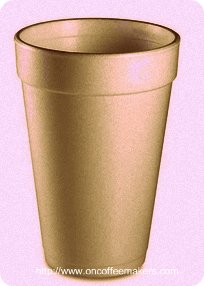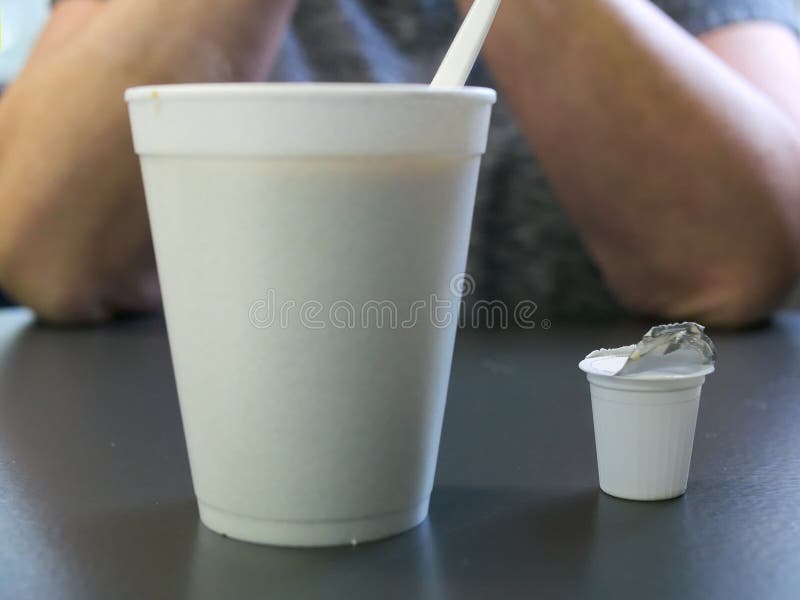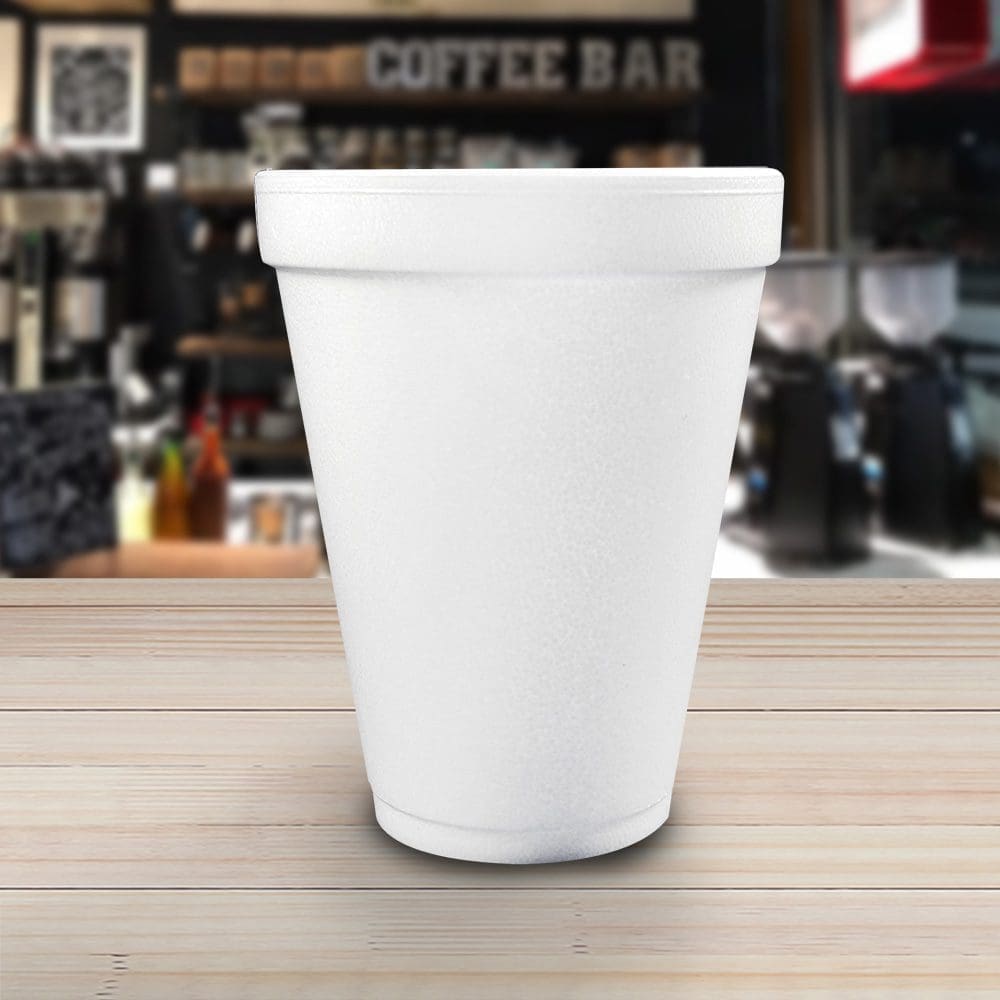

Paper and Styrofoam do not differ greatly in their insoluble value however, because Styrofoam cups are often thicker, they tend to be more durable and can be used for a longer period of time. Paper or Styrofoam cups are commonly carried by individuals who are out and about with coffee in their possession. A coating made of plastic must be added to the majority of paper cups in order for liquids to be contained within them. One soft drink will have 20 grams of carbonation in it after two minutes if it is served in a foam cup, while the same drink served in a paper cup will only have seven grams of carbonation. In addition to having far better insulating characteristics than their paper counterparts, foam cups are also quite effective at absorbing carbon dioxide. Her enthusiasm for chemistry was the driving force behind her decision to launch Safer Made, a venture capital organization that invests in initiatives with a social objective. Because it is able to keep heat for longer than other materials, Styrofoam might be considered the material of choice for the majority of coffee cups. Cups Made of Paper Are Comparable to Those Made of Polystyrene Foam In broad strokes, you can use polystyrene cups less extensively, which means that the production of polystyrene cups is more environmentally beneficial than the production of paper cups. Throughout the USA, companies such as The UPS Store are drop-off destinations and accept styrofoam containers.Cups Made of Paper Are Comparable to Those Made of Polystyrene coffee Foam cups in broad strokes, you can use polystyrene cups less extensively, which means that the wholesale production of polystyrene cups is more environmentally beneficial than the production of paper cups. Restaurants and shops are banned from distributing food in foam containers, so Californian’s take out (and sodas) will have to be sold in more sustainable or, ideally, reusable containers. Our Geofoam products are also in use at One World Trade Center.īecause we have been in business for more than 57 years in the Tri-State area, we do our best to be involved in the development and redevelopment of infrastructure serving our greater community.ĭid You Know? The state Senate in California voted to ban the sale of containers made with Styrofoam. We’re proud to have been a part of not only the Verrazano Bridge Toll project, but Yankee Stadium Parking Garage, Chelsea Piers following Hurricane Sandy, Stoney Brook University’s athletic compound, and are looking forward to the upcoming American Dream project.

Some of our most noted projects for which we have supplied Geofoam blocks to are right here in the New York, New Jersey area. We recommend searching under the following terms to avoid disappointment and loss of time: Expanded Polystyrene (EPS) Form Block, Styrofoam Block, EPS Form Manufacturers, or EPS Foam Block Machinery. When performing an Internet search for EPS foam blocks, folks search under the term “styrofoam,” where they typically don’t find much about it. Not so, as evidenced by the following quotation from Wikipedia: Given that most lay people mistakenly refer to lightweight disposable cups, packing materials and food service containers as Styrofoam, they are of the belief that all polystyrene products fall under the same moniker. In no way should EPS Geofoam be confused with fast food sandwich clamshell containers and other lightweight uses for Styrofoam. The largest Geofoam project 1 to date? The preparation of new Salt Lake City roadways to handle the massive traffic for the 2002 Olympics. Our EPS (aka Geofoam) is so dense that it’s commonly used as foundation materials in the building of airport runways and embankments at shipping yards.

First off, a Styrofoam coffee cup can be crushed in your hand please don’t attempt this with an Expanded Polystyrene block, the type we manufacture.

There is a significant difference between the two, however. What do Styrofoam Cups and Construction Material have in Common? Styrofoam is seldom top of mind in discussions about road construction, rooftop gardens, embankments and garden berms. Even though Expanded Polystyrene (EPS or Geofoam) has been around for more than a century, when it comes up in conversations, people instinctively think of disposable coffee cups, disposable coolers and packaging peanuts.


 0 kommentar(er)
0 kommentar(er)
